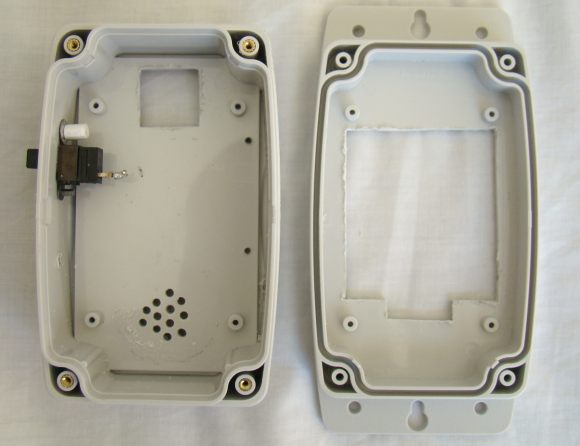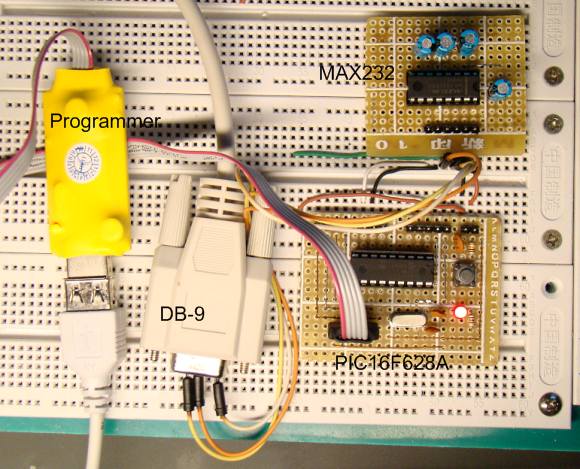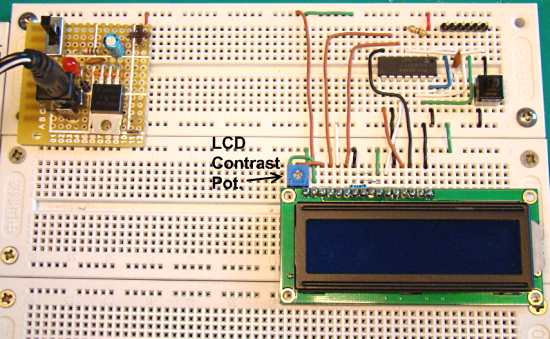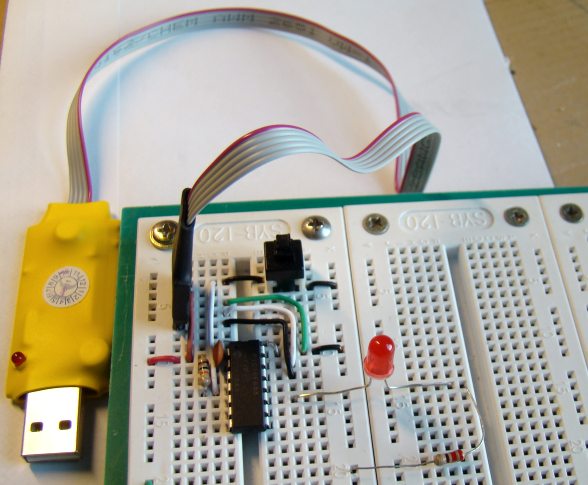Motion detection alarm using a PIR sensor module with a PIC Microcontroller

Introduction This project describes a motion sensor alarm based on a Passive Infra-Red (PIR) sensor module. There are many vendors that manufacture the PIR sensor modules and almost all of them are pretty much the same in function. They have a single output that goes high (or low, based on specification) when the motion is detected. In this project, a PIC12F635 microcontroller continuously monitors the output from the sensor module and turns a buzzer on when it goes active. Theory Certain crystalline materials have the property to generate a surface electric charge when exposed to thermal infrared radiation. This phenomenon
Read more


